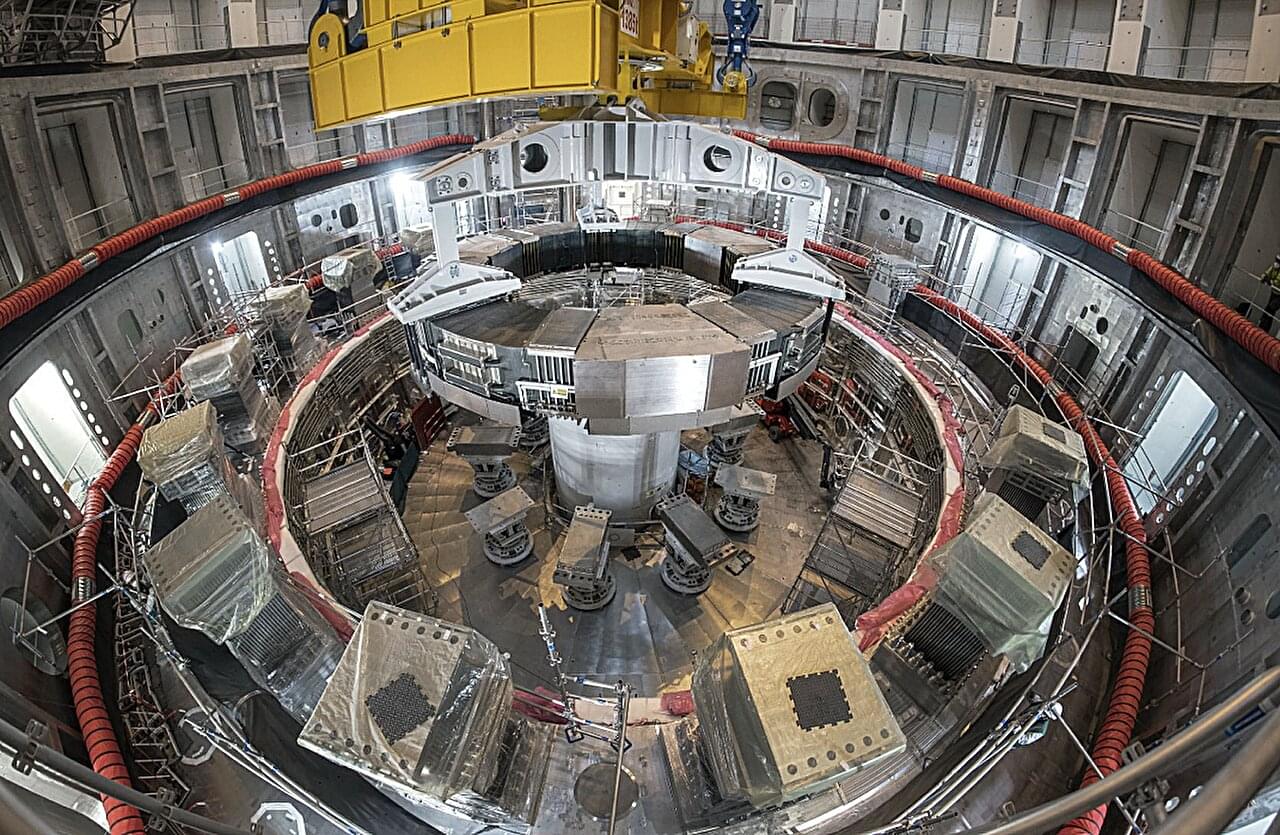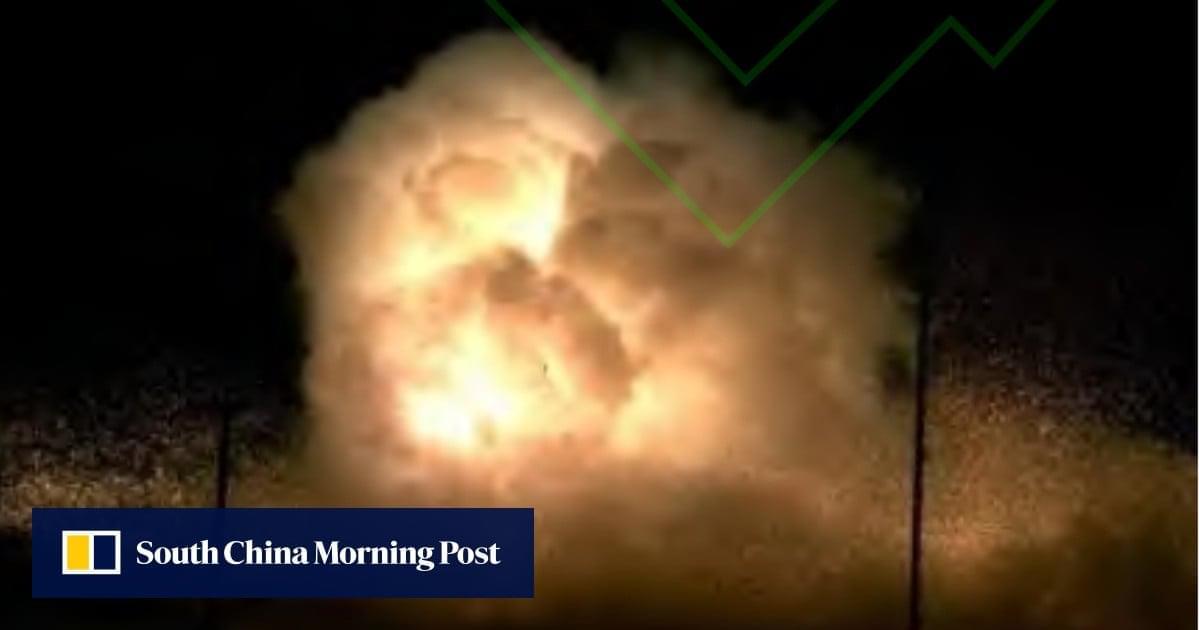In a critical fusion breakthrough, scientists from the international ITER nuclear fusion energy project have announced the completion of the sixth and final component of the reactor’s central solenoid, a magnet powerful enough to levitate an aircraft carrier.
Described as a “landmark achievement” by the 30-country ITER collaboration, the pulsed superconducting electromagnet and other completed components will be assembled at the group’s designated site in southern France.
“By integrating all the systems needed for fusion at industrial scale, ITER is serving as a massive, complex research laboratory for its 30-plus member countries, providing the knowledge and data needed to optimize commercial fusion power,” the group explained in a statement announcing the achievement.






